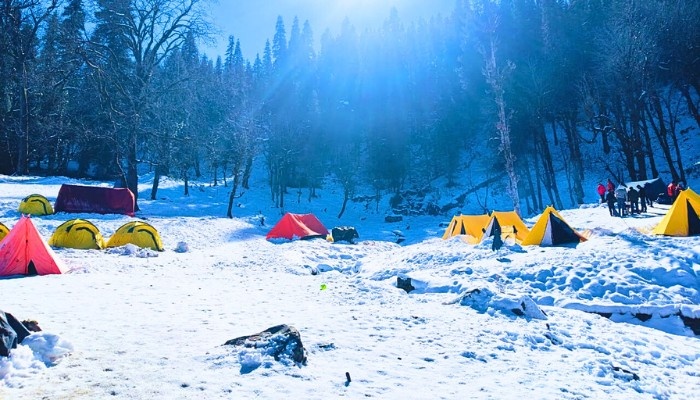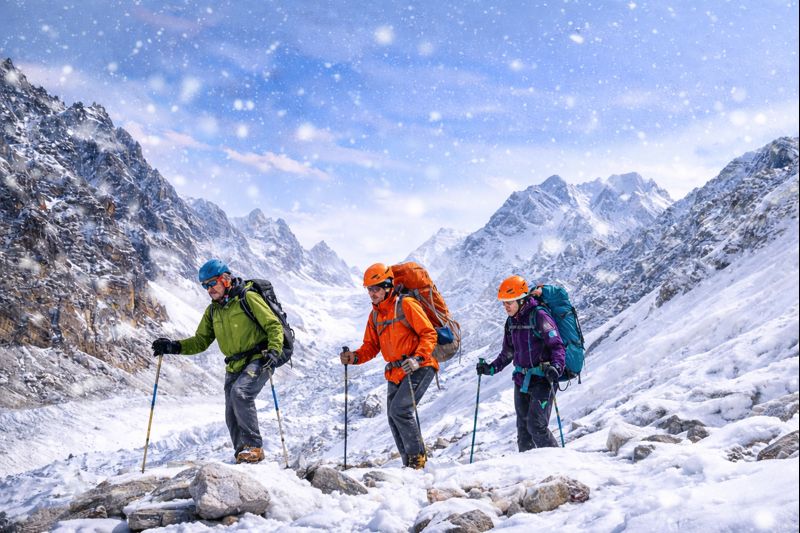
Himalayan Trekking Permits : A Complete Guide for Adventurers
The Himalayas stand as a vast, awe-inspiring mountain range. They offer some of the world’s most stunning landscapes. The peaks of the Himalayas draw countless trekkers each year, making it a hot spot for adventure. However, you’ll need to secure various Himalayan trekking permits before you hit the trails.
It is not unknown that the permits for trekking in India aren’t just paperwork; they’re vital for a responsible and legal trek. So, if you plan to hike in the Himalayas, inquire how to get a hiking permit first. A Himalayan trekking permits will serve a critical role in your high-altitude adventure.
Why Permits are Necessary?
Himalayan Trekking permits are crucial in planning an adventure trip to the Himalayas. Let’s have a look at the reasons why you need a permit:
1. Conservation and Environmental Protection:
Obtaining a permit usually involves a fee. This money often goes directly into conservation initiatives. It helps maintain trails, control erosion, and conserve local flora and fauna.
2. Regulation of Trekking Activities:
High footfall is a big issue. Too many people can harm sensitive ecosystems. Permits control the number of visitors, which helps reduce the human impact on nature.
3. Promoting Responsible Tourism:
Permit systems usually come with a set of rules and guidelines. They encourage trekkers to behave in a manner that is respectful to the environment and the local communities.
Types of Permits:
Everybody who goes trekking in the Himalayas needs to have specific permits. These permits will help them get entry to the trek routes. These permits include:
- Entry Permits: Required for anyone entering the region. These permits ensure that trekkers have a basic level of preparedness and are aware of the trek’s demands.
- Trekking Permits: These permits are specific to the trek you plan. They provide your details to the authorities. They help in potential search and rescue operations.
- Restricted Area Permits: These are for areas near international borders or sensitive ecological zones. They ensure that trekkers do not accidentally wander into places they should not.
- Conservation Area Permits: These permits specifically protect natural or cultural significance zones. They may include guidelines on how to minimize your impact.
- Special Permits: These are for particularly dangerous or challenging treks, requiring additional checks and often a guide for safety reasons.
How to Obtain Himalayan Trekking Permits?
Are you thinking about trekking in the beautiful terrains of Uttarakhand or the majestic Himalayas? Before you pack your bags and lace up your boots, you’ll need to get a trekking permit. Below all the steps to get your permit have been discussed. You are already aware of the types of permits you might need. Now you will get to know how to obtain Himalayan trekking permits. This will help you get into the process without any hiccups. Stay tuned to make your trekking adventure hassle-free!
1. Applying in Advance vs. On Arrival:
Apply ahead of time to avoid any delays. Last-minute applications can cause unnecessary stress and could even result in the cancellation of your trek.
2. Required Documents and Paperwork:
Basic identification, like passports for international tourists or IDs for locals, are required. More specific permits may also require detailed itineraries, travel insurance, and medical certificates.
3. Application Fees and Processing Times:
Costs can vary widely. Special permits, for example, are generally more expensive. Processing times also differ, so plan accordingly.
4. Government Offices and Agencies:
Official government websites and offices are the best places to secure your permits. Some tour operators offer this service but double-check for legitimacy.
Himalayan Trekking Permits for International and Domestic Trekkers:
You may need local or state permits if you’re trekking in your home country. Rules vary, so check with local authorities or the park office.
You’ll often need a visa, trekking permits, and sometimes even special permissions for international treks. Always check the country’s consulate website for accurate info.
- International vs. Domestic Requirements: For international tourists, the process usually involves more layers, including visas and sometimes even special permissions from embassies.
- Passport and Visa Implications: Visas must often be secured in advance of the trekking permit. Also, some permits require a minimum and maximum duration for your stay in the country.
Keep all your permits handy. Officials may ask for them at various checkpoints.
Final thoughts,
Permits are more than just pieces of paper; they are a pact between you and the place you visit. They’re an assurance that you’ll respect the fragile ecology and the rich culture of the Himalayas. The process might seem tedious, but it’s a small price to pay for the privilege of trekking in one of the world’s most extraordinary landscapes. So, remember, trek responsibly and make sure you’re wholly permitted. Your adventure is just a permit away.
Must Read: 10 Most Difficult Treks in India
FAQs:
What types of permits are required for trekking in the Himalayas?
Where can I obtain trekking permits for the Himalayas?
How long does it take to process trekking permits in the Himalayas?
How much do trekking permits in the Himalayas cost?
About Author

Himalaya Shelter
Recent news
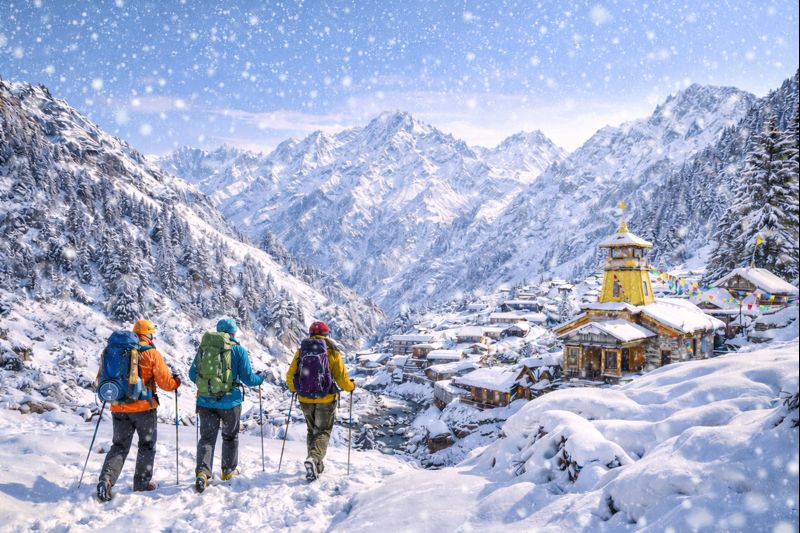
03 Jan 2026
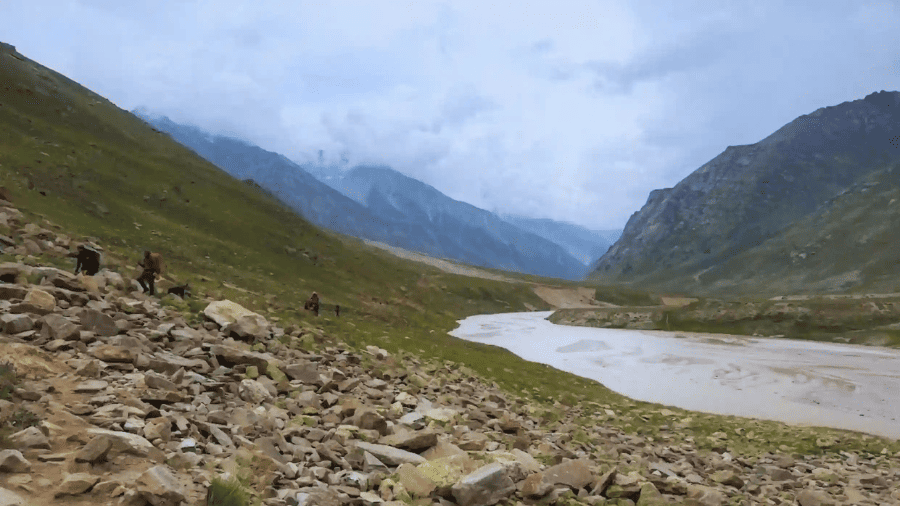
23 Dec 2025

20 Dec 2025
Recommended Treks

Cost: ₹45000 | $513
Type: Difficult
Best Time: May to June and September to October
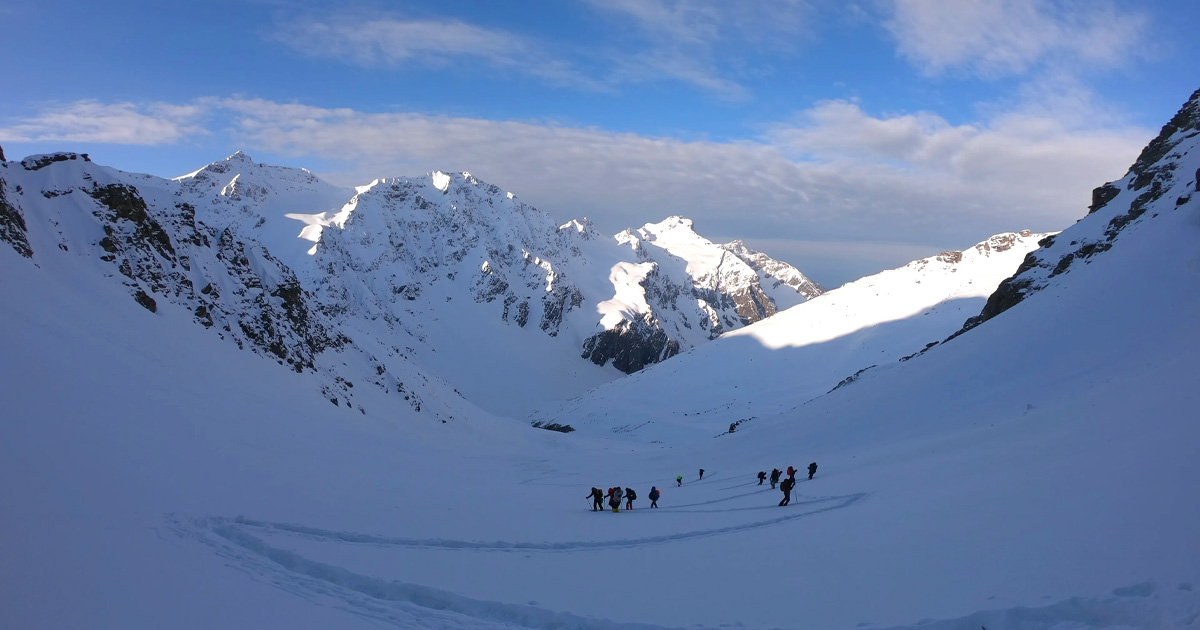
Cost: ₹19000 | $225
Type: Moderate - Difficult
Best Time: May to June | September to October

Cost: ₹11,299 | $125.46
Type: Easy
Best Time: Jan | Feb | Mar | Aprill | May | Jun | Sep | Oct | Nov | Dec

Cost: ₹9900 | $114
Type: Easy
Best Time: April to June and September to November
